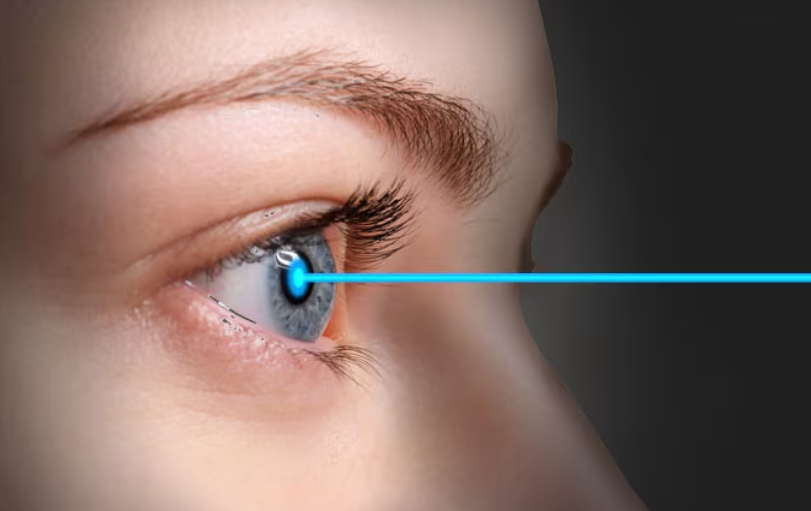For millions worldwide, the dream of life without glasses or contact lenses is now a reality, thanks to advancements in laser eye surgery. Among the most cutting-edge options available today is Femtosecond Vision Correction—specifically Femtosecond LASIK—a precise, blade-free procedure transforming how we correct vision. Let’s explore what this innovative surgery entails, its benefits, and why it might be the right choice for you.

What Is Femtosecond LASIK?
Traditional LASIK surgery reshapes the cornea using a microkeratome blade to create a corneal flap. In contrast, Femtosecond LASIK replaces the blade with a high-precision laser, making the procedure entirely bladeless. This laser delivers ultra-fast pulses (measured in quadrillionths of a second) to create a thin, uniform corneal flap with unparalleled accuracy. The result? A safer, more predictable procedure with reduced risk of complications.
Who Is a Candidate?
Femtosecond LASIK is ideal for individuals with myopia (nearsightedness), hyperopia (farsightedness), or astigmatism who seek long-term freedom from corrective lenses. However, certain conditions—such as severe dry eyes, keratoconus, or glaucoma—may disqualify candidates. A thorough preoperative evaluation by an experienced ophthalmologist is essential to determine eligibility for this advanced vision correction approach.
The Procedure: Quick, Comfortable, and Precise
The surgery itself is remarkably swift, typically taking 15–30 minutes per eye. Here’s what to expect:
- Preparation: Numbing drops ensure comfort, while an eyelid holder keeps the eye open.
- Flap Creation: The femtosecond laser creates a precise corneal flap in seconds.
- Reshaping: An excimer laser gently removes microscopic layers of corneal tissue to correct refractive errors.
- Recovery: The flap is repositioned naturally, requiring no stitches.
Most patients notice improved vision within 24 hours, with minimal downtime.
Benefits Over Traditional LASIK
- Blade-Free Technology: Eliminates risks associated with manual blades.
- Enhanced Safety: Reduced chances of flap irregularities or infections.
- Faster Healing: Many resume daily activities within 1–2 days.
Considerations and Risks
While complications are rare, potential risks include temporary dry eyes, glare, or halos around lights at night. Long-term outcomes are still being studied, making it crucial to choose a reputable clinic with advanced technology and skilled surgeons.
Cost and Quality: What to Expect
Femtosecond LASIK typically costs between ₹80,000 to ₹1,20,000 per eye in India, depending on factors like location, surgeon expertise, and the complexity of correction. Beware of “budget” offers—opt for clinics that transparently include pre-op assessments, post-op care, and follow-ups in their pricing.
Why Trust Vijaya Nethralaya?
Bangalore’s Vijaya Nethralaya Eye Hospital stands out for its commitment to excellence. With a 99% success rate and strict sterilization protocols, the hospital uses single-use instruments for each patient, ensuring zero risk of cross-contamination. Their team of specialists leverages the latest femtosecond technology, prioritizing patient safety and tailored care.

Conclusion: Is Femtosecond LASIK Worth It?
For those seeking the gold standard in vision correction, Femtosecond LASIK offers a compelling blend of precision, safety, and rapid recovery. By choosing a trusted provider and understanding the procedure’s nuances, you can confidently take the leap toward clearer, glasses-free vision.
As with any medical decision, consult a qualified ophthalmologist to discuss your unique needs. The future of sight has never looked brighter—or sharper.



